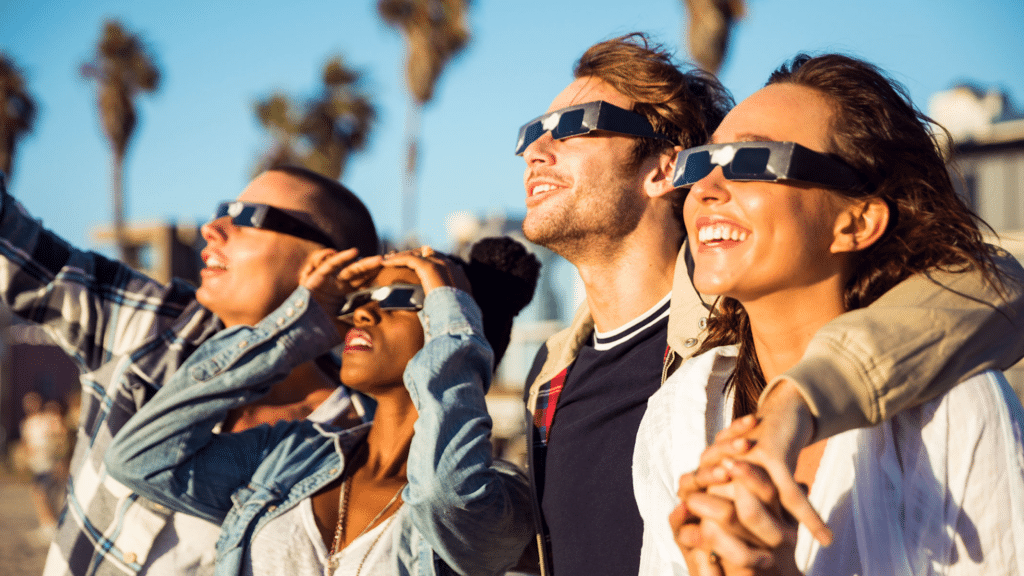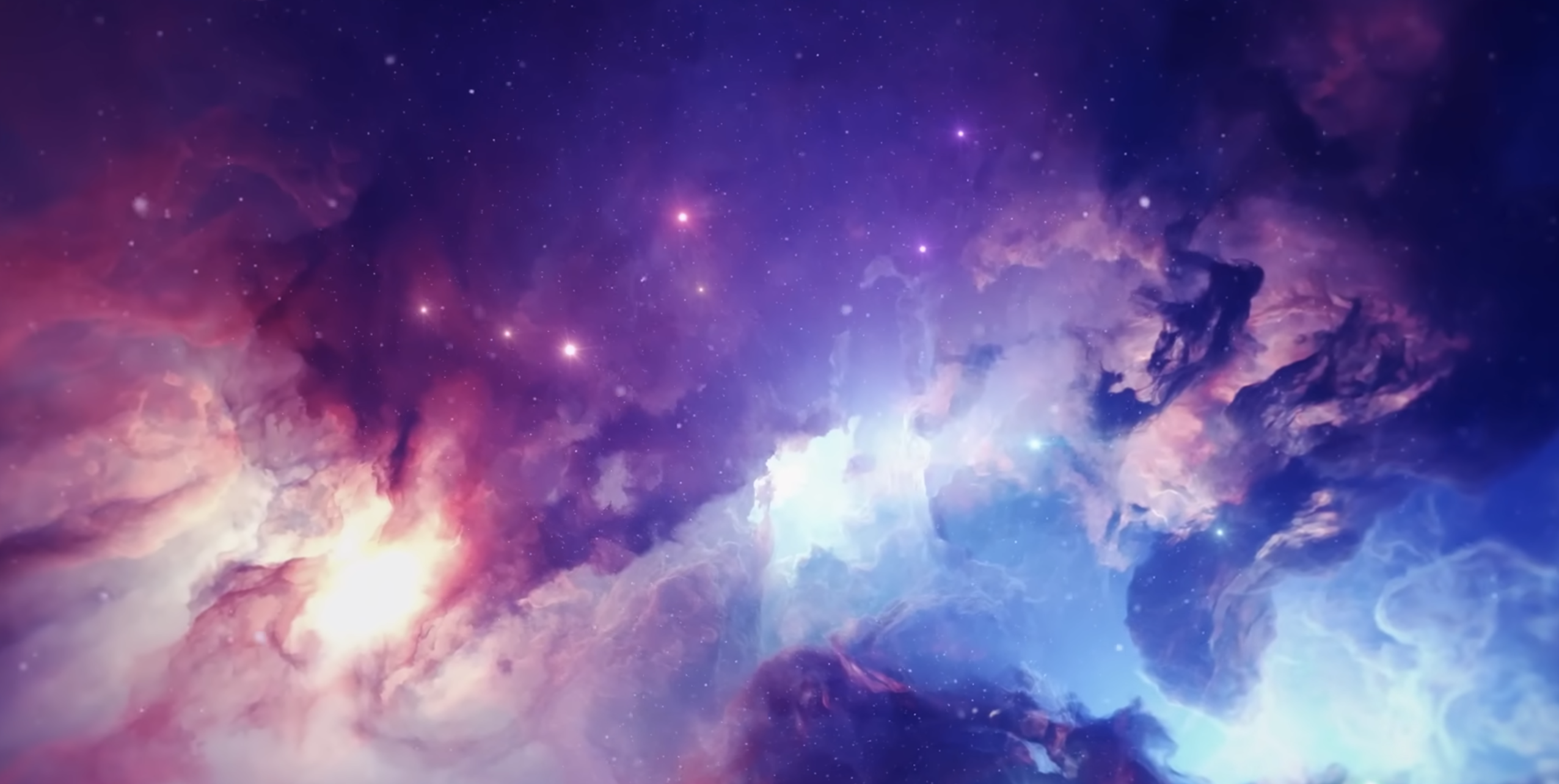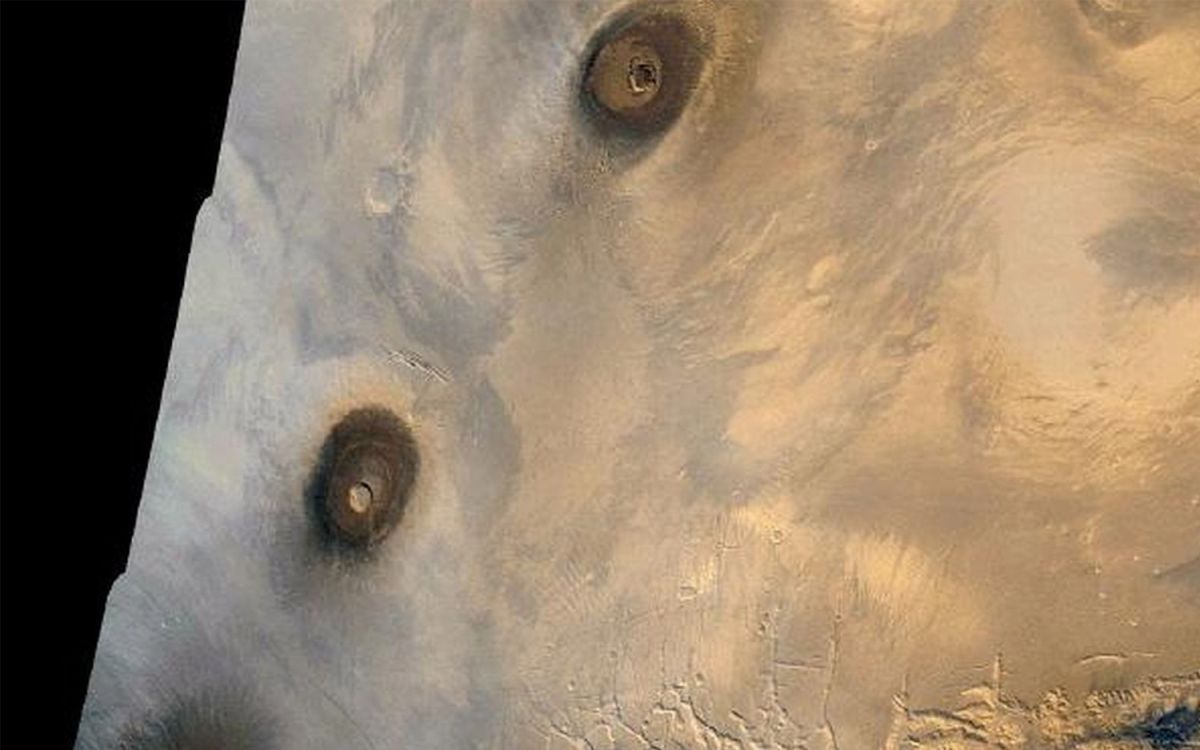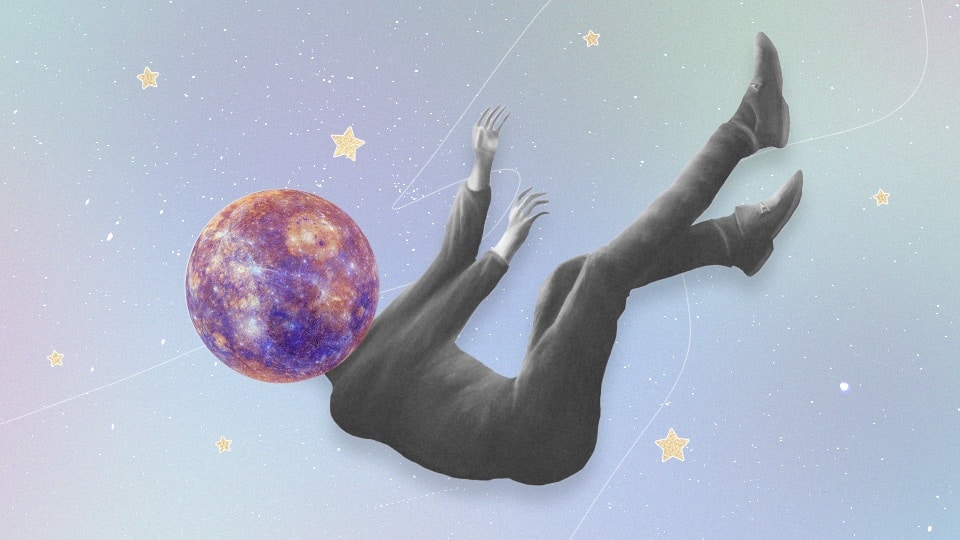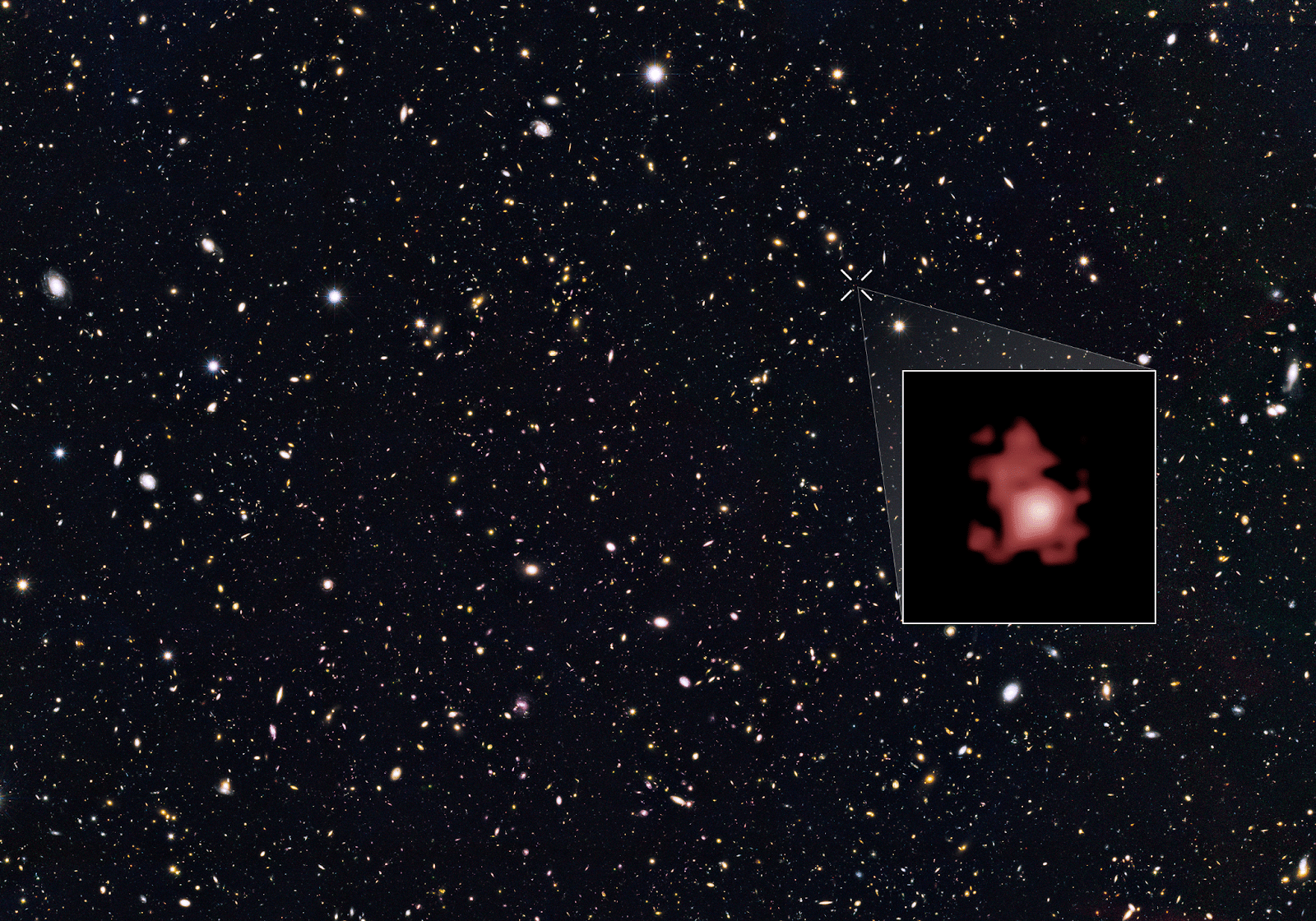Astronomical events are always interesting to learn about, but you know what’s more interesting than reading about these phenomena? It’s seeing them happen in real time! There will be a solar eclipse in a few weeks- and everyone is anticipating it already. When will it happen? Where will it be fully visible? How can one ensure a safe viewing? You’re about to get answers; let’s get right into it.
When is this solar eclipse happening?
The last solar eclipse in America happened on the 21st of August 2017. People moved out of their houses to get a view of the great American eclipse- many of us still relish the exciting experience. Well, it’s about to happen again.
Courtesy: Time and Date
Scientists have predicted that there will be a solar eclipse on the 8th of April. The eclipse will be visible for 4 minutes and 28 seconds. So you can start counting down to the astronomical happenings.
Where will it be visible?
The fact that the eclipse will be visible in America doesn’t mean the whole country will be in darkness. The solar eclipse will be most visible in the path of totality– that’s where the moon will fully cover the sun.
Courtesy: MICHAEL ZEILER/GREATAMERICANECLIPSE.COM
The path of totality stretches from Sinaloa in Mexico to Newfoundland in Canada. However, if your location isn’t within the path of totality, you can still experience a partial solar eclipse if you’re in the continental United States.
Protect your eyes
While it may be a thrilling idea to gaze at the sun with your naked eyes, you should remember that the sun can damage your eyes even when the moon covers it. You might be putting your eyes at risk if you look at the sun with naked eyes.
Courtesy: Sky and telescope
A speck of radiation peeking past the moon can damage your retinas. It can cause gray patches in your vision permanently or even leave you fully blind. That’s why you shouldn’t look up with naked eyes until you’re in the path of totality- when the sun is out of sight.
Eclipse glasses exist for a reason
Although everyone in the path of totality will know when the sun goes out of sight, you can’t see the moon’s movement across the sun with your naked eyes. You’ll need certified eclipse glasses with UV-filtering quality to get the ultimate viewing experience.
Courtesy: LeoPatrizi
Of course, different substandard glasses will be touted as ‘high-grade,’ so you should look out for the code ISO 12312-2, which certifies that the glasses meet international safety standards. Check for scratches or loose lenses, as damaged equipment may injure your eyes, aside from not working.
It’s not all about your eyes
While it’s true that radiation from the sun can damage your eyes during an eclipse, your eyes aren’t the only parts to be protected. Your skin can also be damaged if you stand under the sun for a long time on the day of an eclipse.
Courtesy: Freepik
You need to apply (and reapply) sunscreen on any exposed skin as you come outside to view the solar eclipse. Often-forgotten parts like your ears and lips should also be pampered with sunscreen.
